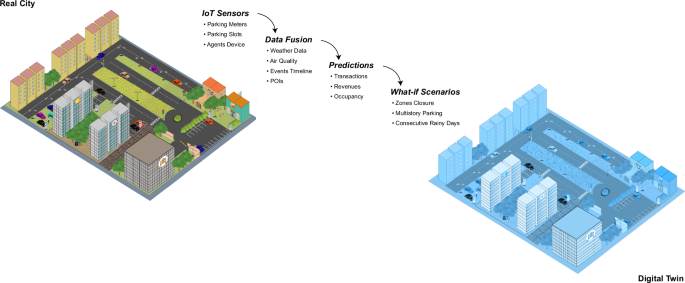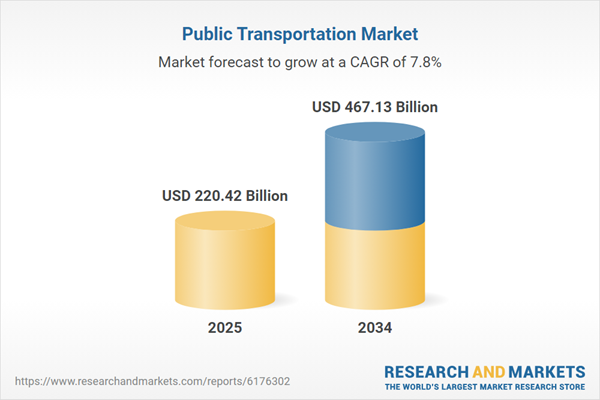Report on U.S. Housing Market Dynamics and Implications for Sustainable Development Goals
Executive Summary
A recent national survey of real estate agents indicates a significant standoff in the U.S. housing market, driven by buyer expectations of falling mortgage rates and persistent affordability challenges. These market dynamics present considerable obstacles to achieving several key Sustainable Development Goals (SDGs), notably SDG 1 (No Poverty), SDG 8 (Decent Work and Economic Growth), SDG 10 (Reduced Inequalities), and SDG 11 (Sustainable Cities and Communities). The primary concern for prospective buyers is affordability, which directly impacts the goal of providing adequate and affordable housing for all.
Market Conditions and Affordability Crisis: A Challenge to SDG 11
The current market is characterized by a conflict between buyer expectations and seller pricing, undermining progress toward SDG 11, which aims to ensure access for all to adequate, safe, and affordable housing.
- Buyer Sentiment: A majority of potential homebuyers anticipate further declines in mortgage rates, causing them to delay purchases. Nearly 75% of surveyed agents report their clients expect rates to fall.
- Primary Barrier: Despite a perception of a “buyers’ market” and reports of decreasing prices in 44% of surveyed areas, affordability remains the number one reason for delaying a home purchase.
- Economic Uncertainty: General uncertainty in the economy, coupled with high mortgage rates, is the top concern for buyers, directly impacting their ability to secure stable and affordable housing.
Economic and Social Implications: Impact on SDG 1, SDG 8, and SDG 10
The strategies employed by buyers to overcome affordability hurdles highlight significant economic pressures and deepen existing inequalities, affecting SDG 1 (No Poverty), SDG 8 (Decent Work and Economic Growth), and SDG 10 (Reduced Inequalities).
Buyer Coping Mechanisms
- Creative Financing: Buyers are increasingly utilizing interest rate buydowns and adjustable-rate mortgages to manage high costs.
- Reliance on Personal Networks: Approximately 40% of buyers are borrowing from family or friends, a practice that underscores wealth inequality and disadvantages those without such networks, contrary to the principles of SDG 10.
- Compromises on Housing Quality: Buyers are forced to compromise on home size, location, and features. This can lead to residence in less-developed areas with fewer services, further entrenching spatial and social inequalities.
Seller Behavior and Housing Supply Constraints
Seller actions and limited inventory, particularly for affordable homes, create further barriers to a stable and equitable housing market, impacting the goals of sustainable community development (SDG 11).
- Seller Concerns: The primary concern for sellers is the length of time required to find a buyer, followed by worries about pricing their homes too low.
- Price Adjustments: A significant 89% of agents reported sellers reducing their asking price, while nearly one-third stated that more than half of their sellers had dropped prices.
- Market Withdrawal: Reflecting market uncertainty, 40% of agents reported having at least one seller delist their home in hopes of achieving a better price later.
- Inventory Lock-In: A critical factor constraining supply is that existing homeowners with low fixed-rate mortgages are unwilling to sell, as a new purchase would entail a significantly higher mortgage payment. This “lock-in” effect keeps affordable housing stock off the market.
Conclusion
The U.S. housing market is at a critical juncture where affordability challenges and economic uncertainty are impeding access to adequate housing. This situation directly obstructs progress on fundamental Sustainable Development Goals. The reliance on personal wealth for down payments exacerbates inequality (SDG 10), while the overall lack of affordable housing stock challenges the core tenets of poverty reduction (SDG 1) and the development of sustainable communities (SDG 11). Addressing these housing market failures is essential for fostering inclusive and sustainable economic growth (SDG 8).
Analysis of Sustainable Development Goals in the Article
1. Which SDGs are addressed or connected to the issues highlighted in the article?
-
SDG 11: Sustainable Cities and Communities
This is the most relevant SDG as the article’s central theme is housing affordability and access. The challenges faced by homebuyers, such as high mortgage rates, price pressures, and tight inventory, directly relate to the goal of ensuring access to adequate and affordable housing for all.
-
SDG 8: Decent Work and Economic Growth
The article connects the housing market’s condition to broader economic factors. It mentions that “uncertainty in the economy” is a top concern for buyers, indicating that the stability of the housing sector is intertwined with overall economic health and consumer confidence, which are key components of sustainable economic growth.
-
SDG 10: Reduced Inequalities
The issue of housing affordability highlights economic inequality. The article points out that buyers are struggling to afford homes, with many “borrowing money from family or friends” or compromising on essential features. This suggests that access to homeownership is becoming increasingly difficult for those without significant financial resources, thereby exacerbating economic disparities.
2. What specific targets under those SDGs can be identified based on the article’s content?
-
Target 11.1: Ensure access for all to adequate, safe and affordable housing
The entire article revolves around this target. It details the barriers to affordable housing, citing affordability as the “No. 1 reason why buyers are delaying their purchases.” The discussion on mortgage rates, home prices, and the “standoff” between buyers and sellers directly addresses the challenges in achieving universal access to affordable housing.
-
Target 8.1: Sustain per capita economic growth
The health of the housing market is a significant driver of economic growth. The article’s discussion of buyer sentiment, where “uncertainty in the economy” is a major concern, and the expectation that “home sales to either improve slightly or stay about the same” reflects the housing market’s role in the broader economic landscape. A struggling housing market can hinder sustained economic growth.
-
Target 10.2: Empower and promote the social and economic inclusion of all
The article implies that economic status is a major barrier to inclusion in the housing market. The fact that “Roughly 40% of survey respondents said their buyers are borrowing money from family or friends in order to afford a home” demonstrates the financial hurdles that prevent a large segment of the population from achieving homeownership, a key aspect of economic inclusion.
3. Are there any indicators mentioned or implied in the article that can be used to measure progress towards the identified targets?
-
Indicator: Mortgage Interest Rates
The article explicitly states that the “average rate on the popular 30-year fixed loan now sitting at 6.17%.” This is a direct quantitative indicator of the cost of financing a home, which is a primary component of housing affordability (relevant to Target 11.1).
-
Indicator: Home Price Trends
The article provides data on price movements, noting that “44% of agents reported prices are decreasing in their areas” and that “89% of agents… reported having at least one seller reduce their asking price.” These figures serve as indicators of housing price affordability and market conditions (relevant to Target 11.1).
-
Indicator: Housing Supply and Inventory
The article mentions that the “supply of homes for sale in September was higher than it was a year ago” but clarifies that “inventory… is still historically tight, especially for more affordable properties.” This serves as an indicator of the availability of affordable housing stock (relevant to Target 11.1).
-
Indicator: Buyer Reliance on External Financial Support
The finding that “Roughly 40% of survey respondents said their buyers are borrowing money from family or friends in order to afford a home” is a powerful indicator of the affordability gap and the economic barriers preventing inclusion in the housing market (relevant to Target 10.2).
-
Indicator: Home Sales Volume and Projections
The article notes that “the vast majority of agents in CNBC’s survey said they expect home sales to either improve slightly or stay about the same in the next quarter.” This data on sales activity and future expectations can be used as a proxy indicator for consumer confidence and economic activity within a key sector (relevant to Target 8.1).
4. Summary Table of SDGs, Targets, and Indicators
| SDGs | Targets | Indicators |
|---|---|---|
| SDG 11: Sustainable Cities and Communities | 11.1: Ensure access for all to adequate, safe and affordable housing. |
|
| SDG 10: Reduced Inequalities | 10.2: Empower and promote the social and economic inclusion of all. |
|
| SDG 8: Decent Work and Economic Growth | 8.1: Sustain per capita economic growth. |
|
Source: cnbc.com






